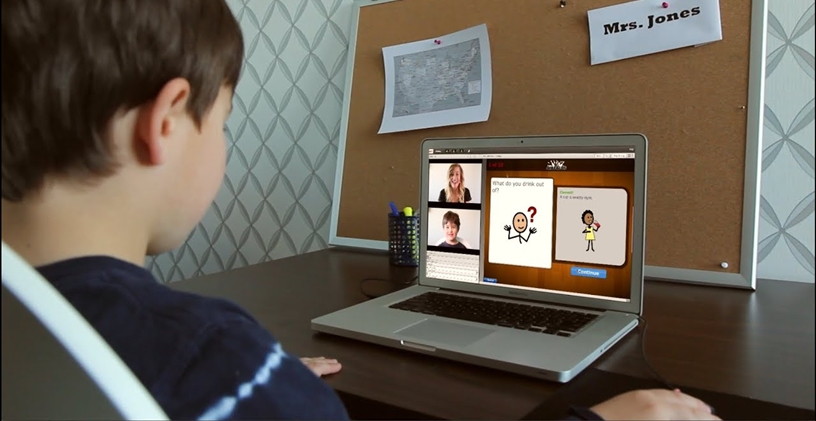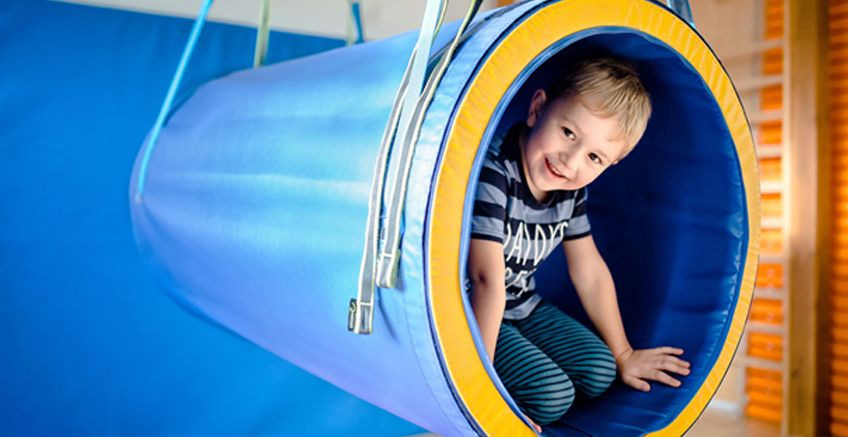Modelling Sentence Structure For Your Child

Children who say their words in the wrong order or use the wrong tense can sound cute…. for a while, but then it begins to affect their social interactions.
Common examples of word confusion include:
- Saying “I can have that” instead of “can I have that please”
- “Tomorrow, I went to the zoo” instead of “Yesterday, I went to the zoo”
- “I can’t know” instead of “I don’t know”
- “I putted my hat on” instead of “I put my hat on”
- “We goed to the shops” instead of “we went to the shops”.
- “Emma wants the apple” instead of “I want the apple”.
Using words in the wrong order or with the wrong tense can impact your child by:
- Making them sound younger than their age
- Making it difficult for them to accurately get their message across to others
- Lowering their self-esteem because others don’t understand them
- People misinterpreting what they are trying to say
A few simple strategies just might do the trick to help get the word order correct. Try these with your child:
- Model the use of correct sentence structure to your child in everyday conversation.
- Don’t jump in – let your child finish their sentence first before correcting them.
- Narrate – as you go about your day with your little helper, talk about everything together. This provides an opportunity to model lots of great sentences to your child.
- Games – develop games that require your child to repetitively use a correct grammatical formation.
References
This article was written by Joanna Buttfield. You can read the original text here.







